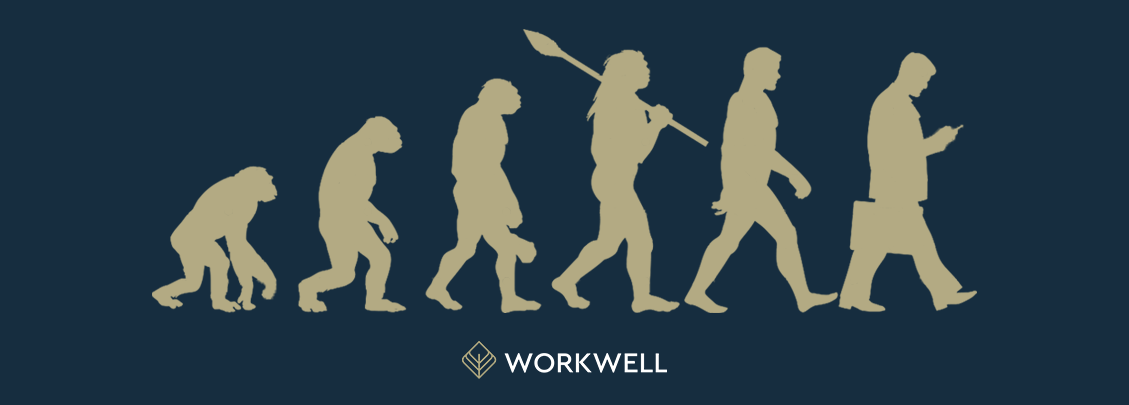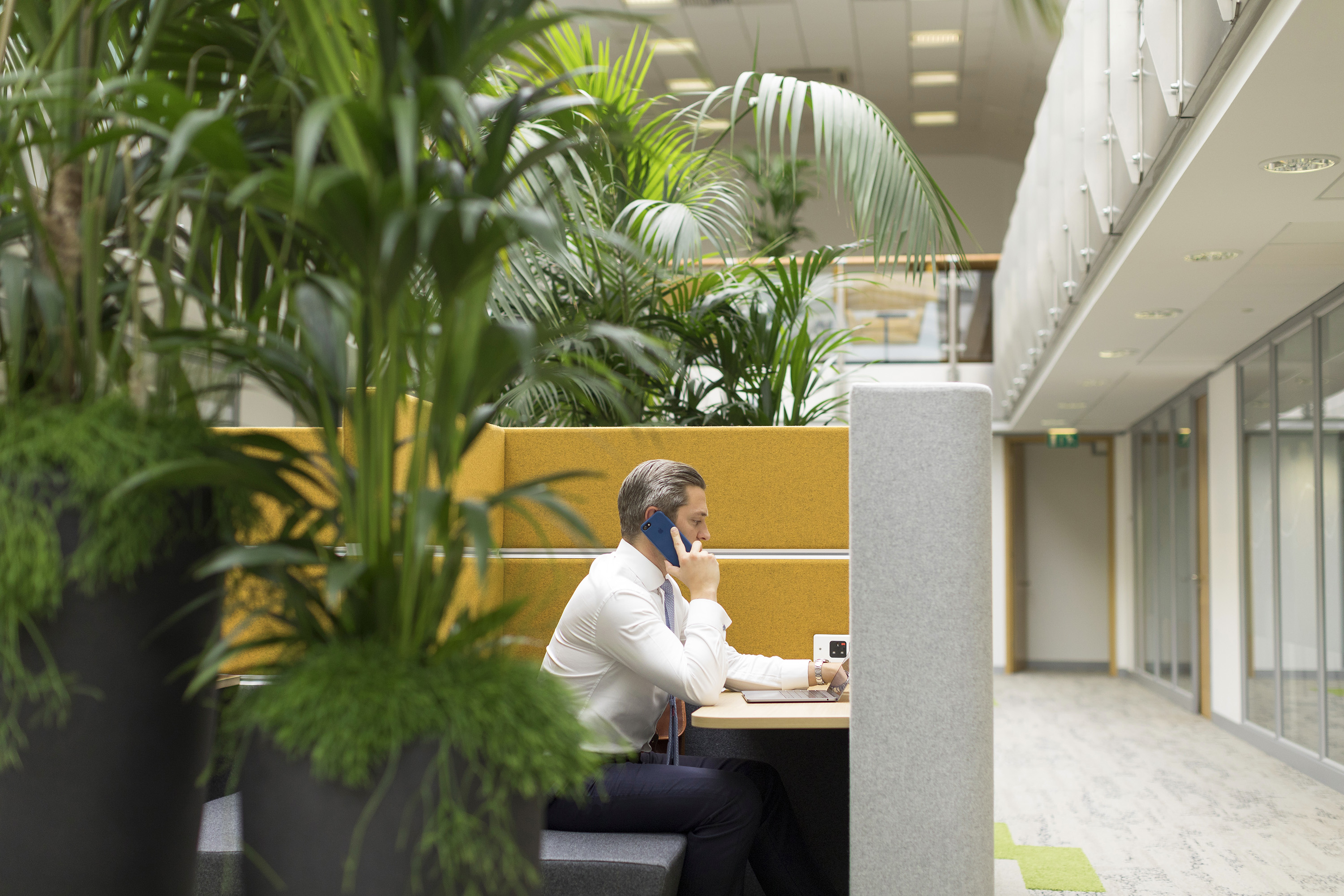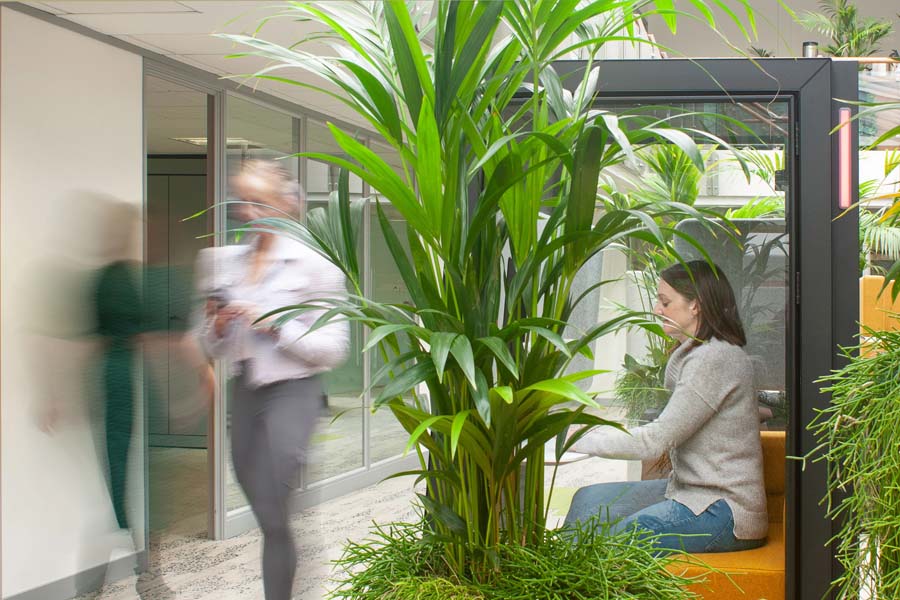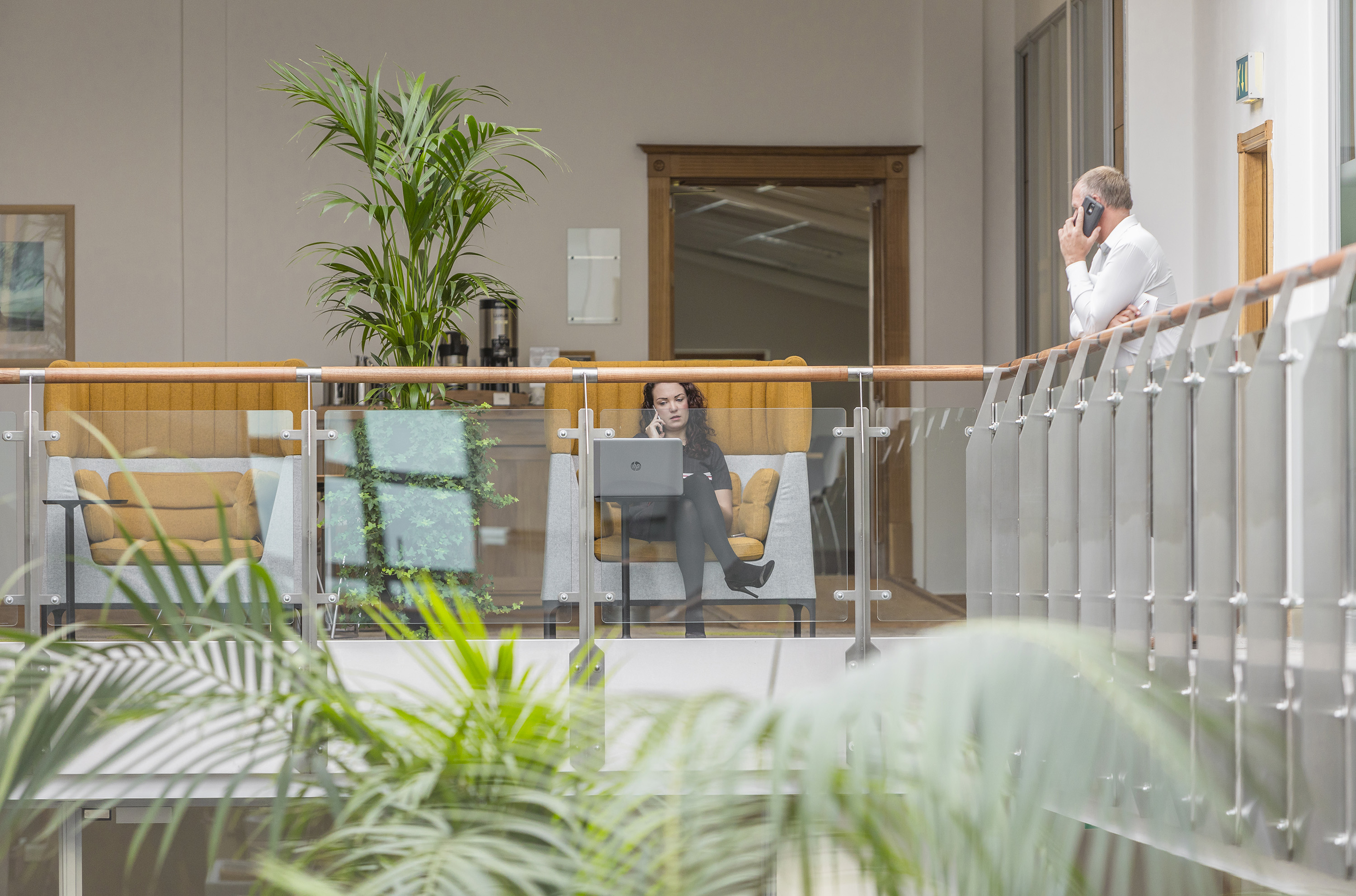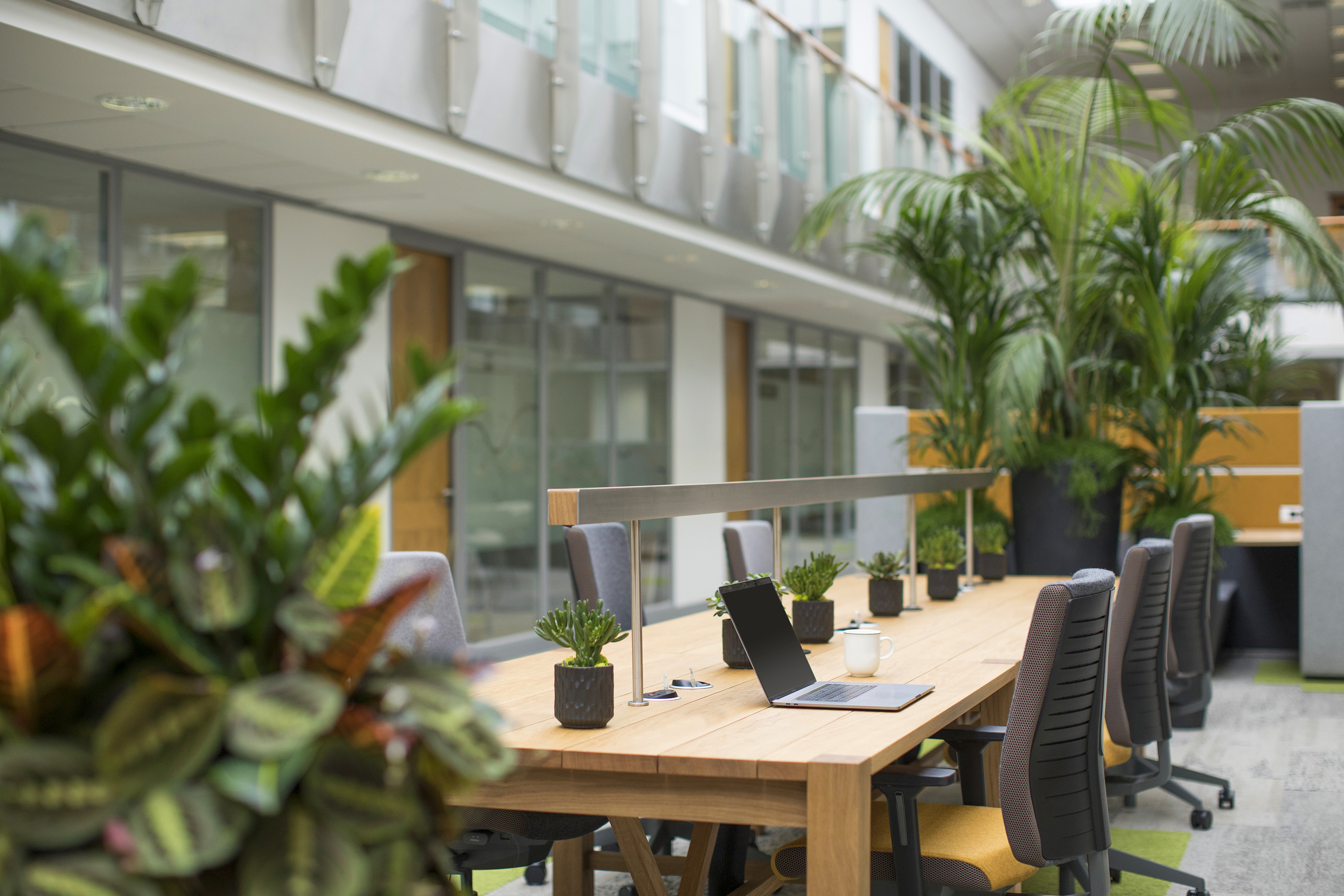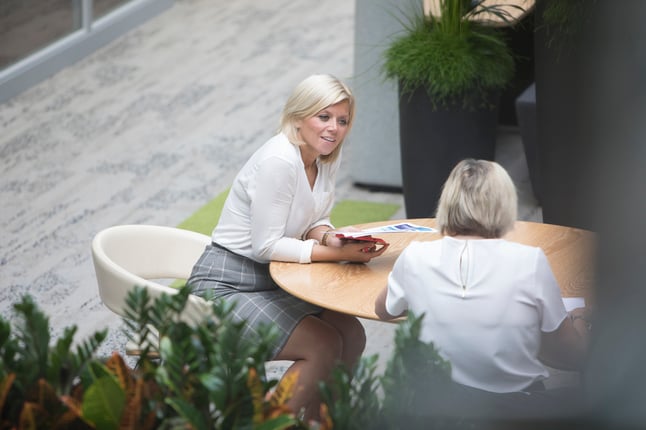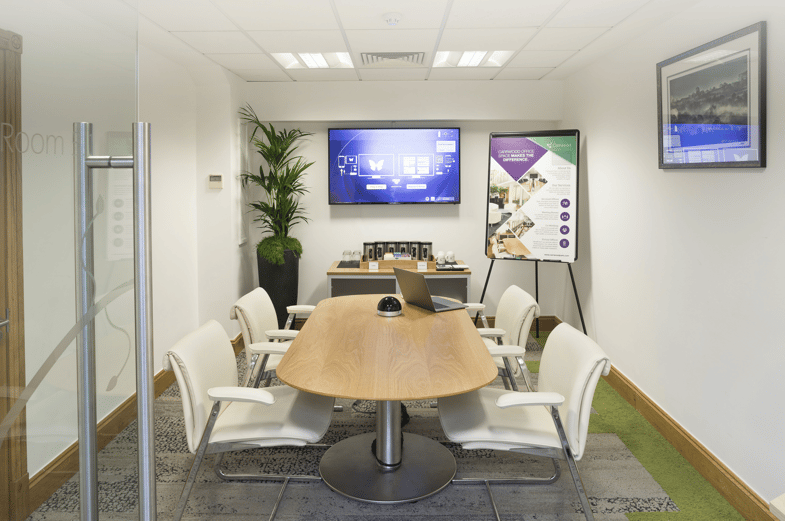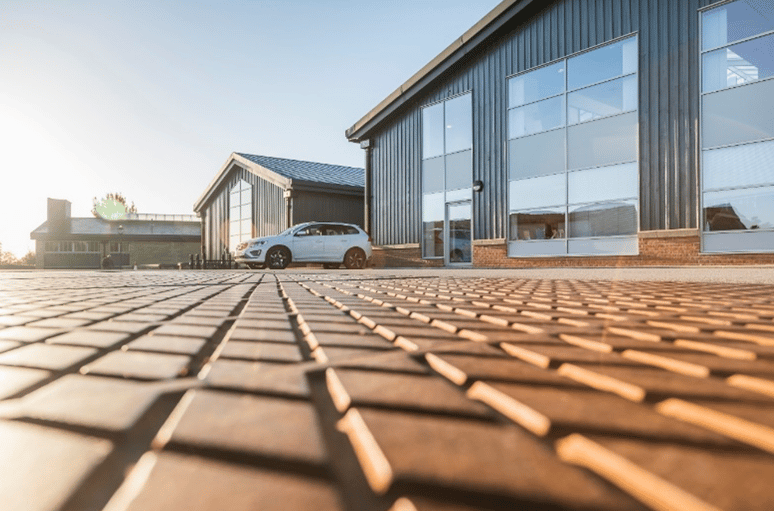How flexible office space contracts benefit business growth

Do you know where your business will be in three or five years? While we all dream of running a prospering business, which expands year-in-year-out, nobody has a crystal ball, and as the UK’s economy remains shaky and unpredictable, for many businesses, growth remains precarious and undetermined.
Given this volatile business environment, moving into flexible office space opposed to committing to a lengthy three or five-year contract, can be a wise business move.
Flexible office space is in high demand.
The demand for flexible office space is on the rise. According to Instant’s 2017 Flexible Workspace Report, the total provision for all flexible office space increased globally by around 18% in 2016. Coworking and hybrid spaces have almost doubled since 2013, which now accounts for approximately a third of flexible workspaces globally. The report also found that larger corporate and enterprise organisations are joining in the uptake of flexible office space.
A separate report reiterates the growing demand for flexible workspace, highlighting how between 2011 and 2013, Britain’s serviced office market increased by 13.3%.
Caters for growth fluctuations
One of the principal benefits and attractions of flexible office space, in which businesses can walk in and out of without any contract or commitment, is that it complements the fluctuations that inevitably occur within business growth.
For example, no matter how solid a business plan may appear that maps out consistent annual growth, no business can ‘growth-proof’ their venture, particularly from external elements, namely the economy and political ‘surprises’ such as Brexit.
A business may be confident it will grow in forthcoming months and years, having to expand its team from, for example, a five to a ten-person outfit, thus needing a larger office. However, as unpredictable and often external factors bite, such growth may never materialise and, instead of growth, a business may experience regression, being forced to make redundancies and reduce its team.
No longer, legally binding contracts
This is why opting for flexible office space that doesn’t tie companies into long, costly contracts that they can’t get out of is favourable. Unlike the costs associated with leasing office space, such as refurbishing the workspace and equipping it with office furniture and an IT infrastructure, serviced offices are ready to move into and require no other costs or investments.
With meeting rooms, executive suites, modern and fully-equipped open-plan office space, breakout rooms and the choice of working in more private areas at their disposal, businesses can upsize or downsize at their leisure in flexible office space.
As we noted in a previous blog about the benefits of serviced offices, opting for more flexible workspace with short-term rental agreements gives businesses of all sizes flexibility without committing to a legally binding and lengthy office lease.
Boosting business credibility
Serviced offices also often come with a high-profile business address, which can give a business’s credibility and professionalism a huge boost. From handing out business cards with the esteemed address boldly printed on the front to inviting potential clients to a meeting in a sought-after location, flexible serviced office space can play a vital role in contributing to business growth and success.
If part of your business plan in 2018 is to grow and expand your team, locating in a quality, credible and flexible serviced office space, can be the perfect solution for nurturing business growth and success without running the risk of business not going well as expected and your company having to take the hit as you need to downgrade office space.
If you’re looking for top-quality flexible office space in a convenient location not far from Leeds City Centre or Harrogate, get in touch with us here at WorkWell. Our friendly team will be more than pleased to show you around our high-quality serviced office spaces designed to cater for the fluctuations that inevitably arise when running a business.


